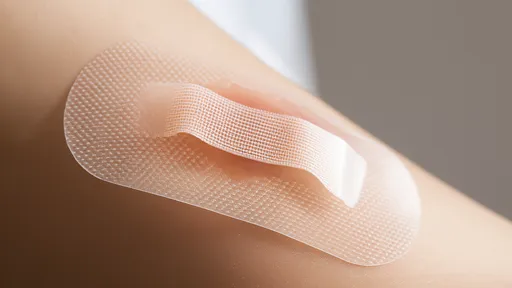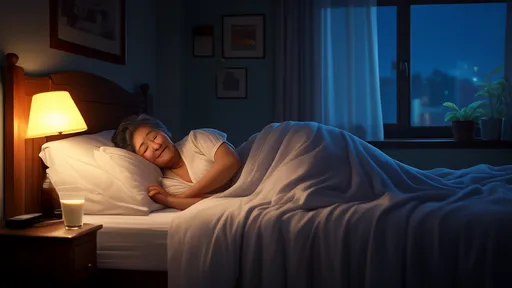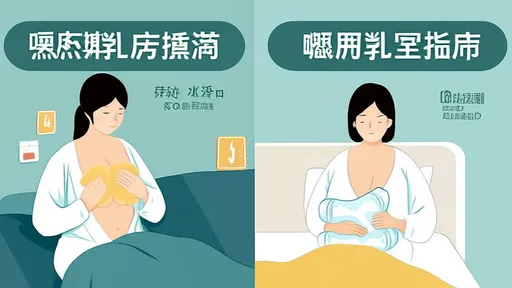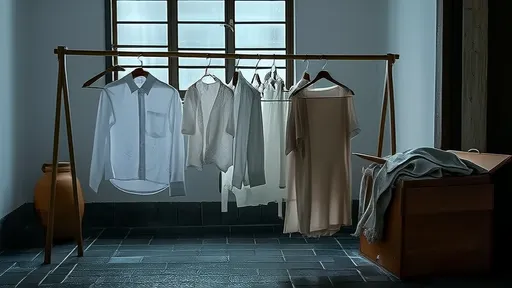The humid embrace of the rainy season brings with it an unwelcome guest—mold. As moisture saturates the air, fabrics become prime targets for fungal growth, leaving households battling musty odors and unsightly stains. Unlike seasonal allergies that come and go, mold infestation on clothing demands immediate attention; left unchecked, it can permanently damage fibers and pose health risks.
Understanding why mold thrives during this period is crucial. The combination of warmth and humidity creates an incubator for spores lurking in closet corners or folded within damp laundry. Natural fibers like cotton and wool are particularly vulnerable, absorbing moisture that mold colonies feed upon. Synthetic blends aren’t immune either, as body oils and skin cells trapped in fabrics provide additional nutrients for growth.
Prevention begins with airflow. Storing clothes in airtight containers might seem logical, but it traps residual dampness. Instead, opt for breathable garment bags or cedar-lined closets that regulate moisture. Silica gel packets tucked between layers of sweaters absorb excess humidity without chemical odors. For frequently worn items, a dehumidifier near wardrobes maintains ambient dryness, disrupting the environment mold needs to proliferate.
When musty smells hint at early mold activity, sunlight becomes your ally. Ultraviolet rays naturally kill spores while evaporating trapped moisture. Hang garments inside-out during morning hours when UV intensity is milder to prevent fading. Delicate fabrics should be draped over drying racks near sunny windows rather than subjected to direct outdoor exposure, which may weaken fibers over time.
Laundry routines require tactical adjustments. High-efficiency washers often leave clothes slightly damp—a breeding ground for mold. Run an extra spin cycle or use standalone spin dryers for heavier items like jeans and towels. Adding white vinegar during the rinse cycle lowers pH levels, creating an inhospitable environment for fungi while neutralizing odors. For stubborn cases, oxygen-based bleaches work gentler than chlorine on colored fabrics while still breaking down microbial colonies.
Existing mold spots demand careful treatment. Rubbing fabric against itself spreads spores deeper into the weave. Instead, gently dab affected areas with vodka or diluted tea tree oil using a microfiber cloth—both substances evaporate quickly while killing surface mold. After treatment, place the garment in a sealed bag and freeze it overnight; extreme cold kills surviving spores that brushing might have missed.
Long-term storage strategies differ between seasons. Winter woolens benefit from a thorough steam session before packing—the heat penetrates fibers to eliminate hidden spores. Summer linens should be stored slightly under-dried; the minimal residual moisture prevents brittleness while being insufficient to support mold growth when aired quarterly. Vacuum-sealing is only advisable with bone-dry items and anti-microbial sachets included.
Architectural factors often exacerbate the problem. Walk-in closets sharing walls with bathrooms frequently develop mold due to pipe condensation. Applying waterproof paint to adjacent walls or installing moisture-resistant drywall creates a barrier. For rental spaces where renovations aren’t possible, positioning freestanding wooden shelves (which absorb ambient humidity better than metal) three inches away from walls improves circulation.
Mold’s resilience stems from its microscopic roots penetrating fabric threads. What appears as surface discoloration often signals deeper colonization. Professional ozone treatments become necessary for heirloom textiles or large infestations, though this requires temporary relocation due to the gas’s respiratory hazards. For everyday items, consistent vigilance—not just during peak humidity—forms the best defense against this persistent seasonal adversary.

By /Jul 28, 2025

By /Jul 28, 2025

By /Jul 28, 2025

By /Jul 28, 2025

By /Jul 28, 2025

By /Jul 28, 2025

By /Jul 28, 2025

By /Jul 28, 2025

By /Jul 28, 2025

By /Jul 28, 2025

By /Jul 28, 2025

By /Jul 28, 2025

By /Jul 28, 2025

By /Jul 28, 2025

By /Jul 28, 2025

By /Jul 28, 2025

By /Jul 28, 2025

By /Jul 28, 2025